Mad scientists are overambitious and usually eccentric. But not all mad scientists are evil. On the contrary, some made discoveries that have improved our lives. Although one thing is for sure, these scientists are not afraid to push their experiments to the extremes, even if it means crossing ethical or moral boundaries.
Here is the list of the 25 real-life mad scientists.

Erwin Schrödinger
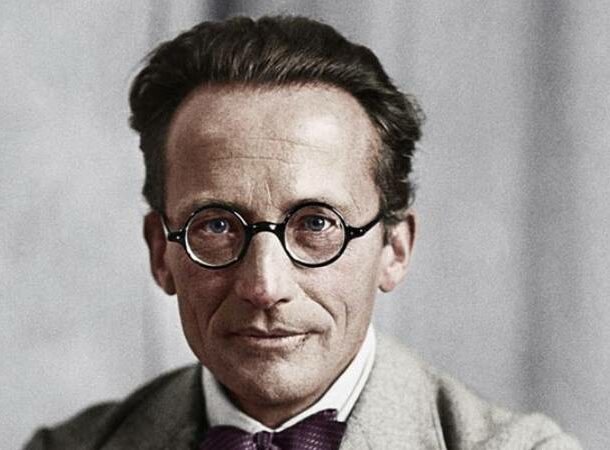
Erwin Rudolf Josef Alexander Schrödinger (1887-1961) was an Austrian physicist, later naturalized Irish, whose work in quantum theory yielded important results.
Schrödinger came up with a wave equation that allows scientists to calculate the wave function of a system. The form of the wave functions rules the movement of small particles, and what physicists now call the Schrödinger equation allows them to specify how these wave functions (also known as probability waves) are modified by external influences.
Henry Head
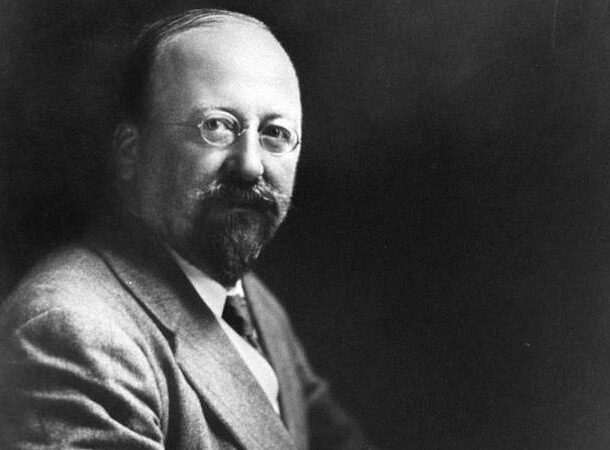
Sir Henry Head (1861-1940) was an English neurologist and fellow of the Royal Society of London.
Head’s claim to fame is his groundbreaking work on the sensory nerves and the network of neural structures in the brain and the rest of the body known as the somatosensory system.
The somatosensory system is what causes the perception of touch (known as haptic perception), pain, body position or proprioception, and body temperature or thermoception.
For his experiments, Sir Henry Head worked with the psychiatrist William Halse Rivers Rivers.
But what makes Dr. Head are real-life mad scientist is that he often used his own body to conduct his neurological work.
Two disorders are named after him: the Head-Holmes syndrome and the Head-Riddoch syndrome.
Michael Persinger
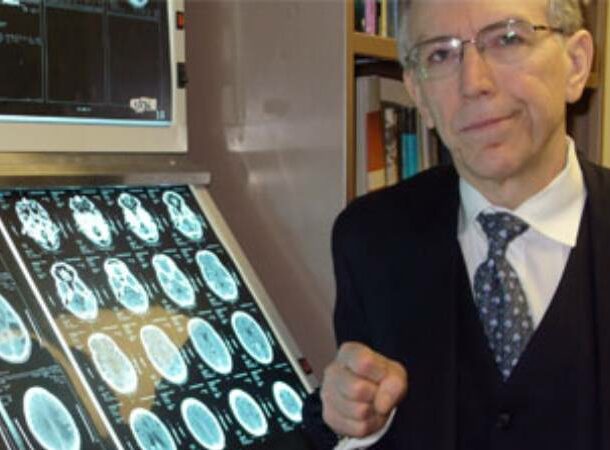
Michael A. Persinger (1945-2018) was an American Canadian psychologist and professor. From 1971 until the time of his death in 2018 at the age of 73, Michael Persinger was a professor of psychology at the Laurentian University of Sudbury in Greater Sudbury, Ontario, Canada.
Dr. Persinger chose an unusual research area, that of parapsychological phenomena. He hypothesized that there is a connection between our brains’ temporal lobes and mystical experiences. Through his work, Persinger sought to find scientific explanations for paranormal abilities such as clairvoyance and telepathy.
Giovanni Aldini
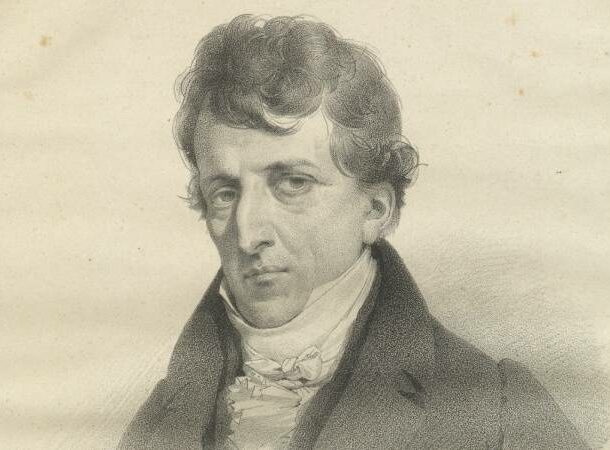
Giovanni Aldini (1762-1834) was an Italian physician from Bologna, the Emilia-Romagna region of Italy.
Aldini is famous for his work on galvanism, or the generation of electric current by chemical action. He worked on constructing lighthouses, and some of his experiments aimed at preserving human life during fires.
Aldini’s work became internationally famous because apart from his native Italian and Latin, he also wrote in English and French.
A remarkable fact about this mad scientist is that he was a significant inspiration for Mary Shelley when she wrote her masterpiece Frankenstein.
Charles Guthrie
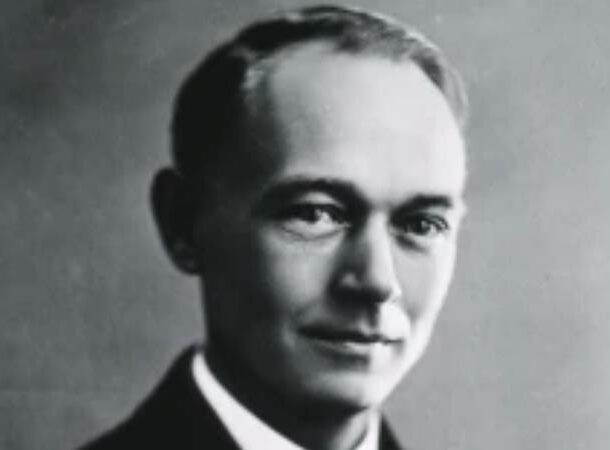
Coming at number 21, there is another psychologist. In this case, the American Charles Claude Guthrie (1880-1963), whose work on pharmacology and physiology garnered prestige.
However, Professor Guthrie was controversial for his experiments involving head transplants in humans. This could have even prevented him from winning the Nobel Prize.
Albert Bandura
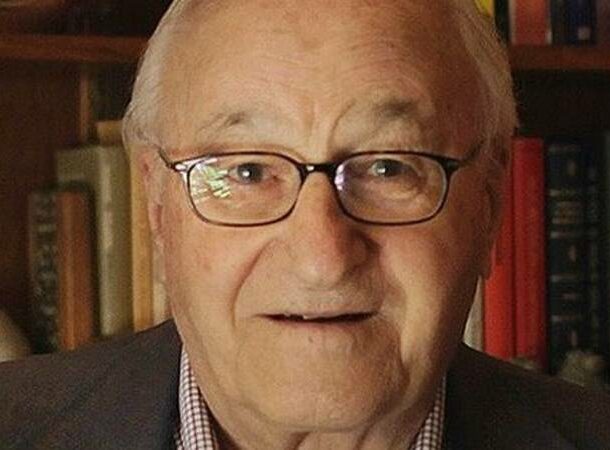
The Canadian American psychologist Albert Bandura (1925-2021) was a professor of psychology at the prestigious Stanford University in California.
Professor Bandura’s scientific contributions include personality psychology, social cognitive theory, and therapy.
His most famous experiment is the so-called Bobo doll experiment that he carried out for the first time in 1961. This was a series of experiments to study children’s behavior by having minors watch an adult behaving aggressively against a round-bottomed toy known as a Bobo doll.
Bandura’s work suggests that people learn how to behave socially as children through observing, imitating, and then modeling the behavior of adults.
Wilhelm Reich
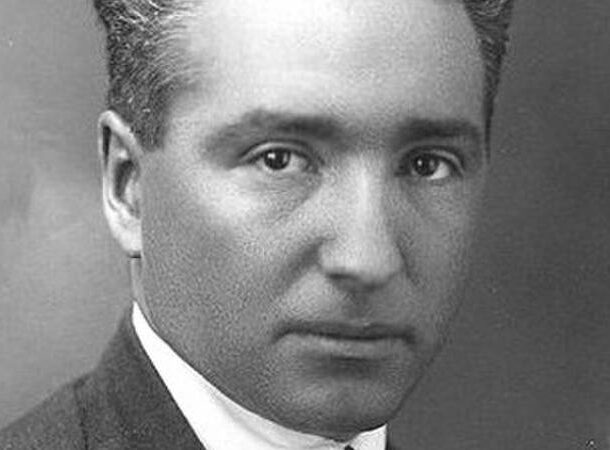
Wilhelm Reich (1897-1957) was an Austrian Doctor of Medicine and psychoanalyst. He was born in the Kingdom of Galicia, now part of Ukraine but then part of Austria-Hungary.
Reich belongs to the second generation of psychoanalysts following the steps of his fellow Austrian Sigmund Freud.
Today, Reich was one of the most radical figures in his field, and he was the author of several influential books such as The Function of the Orgasm (1927) and The Mass Psychology of Fascism (1933).
After living in Europe for most of his life, Reich accepted a job at the New School of Social Research in New York in 1939.
In the US, Reich became notorious for building orgone accumulators to store life energy.
He would die in 1957 of heart failure in a US prison where he was serving a two-year sentence for violating an injunction from the US Food and Drug Administration against the shipment of orgone accumulators.
Carney Landis
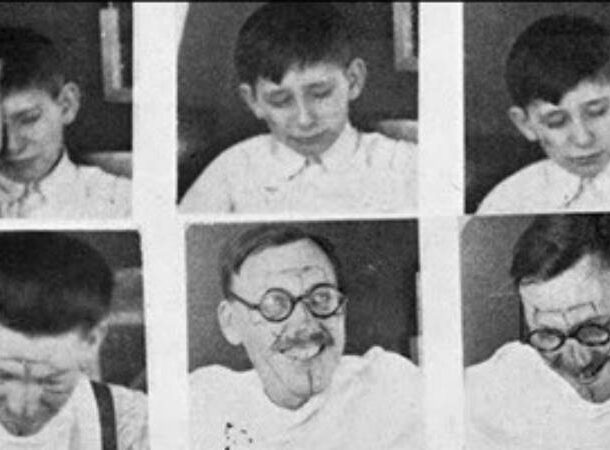
Carney Landis was a graduate student at Minnesota University who in 1924, conducted what many consider an unethical experiment designed to test the links between different emotions and facial expressions.
Does a person’s face change according to their emotion at a given time? Does being afraid, in shock, or disgusted trigger specific facial expressions? And are those facial expressions universal?
What made Carny Landis’s experiment problematic was the method he used to obtain evidence by subjecting volunteers to the sight of shocking images, having them touch live electric wires, and, worse, more disturbing tests.
Hwang Woo-Suk
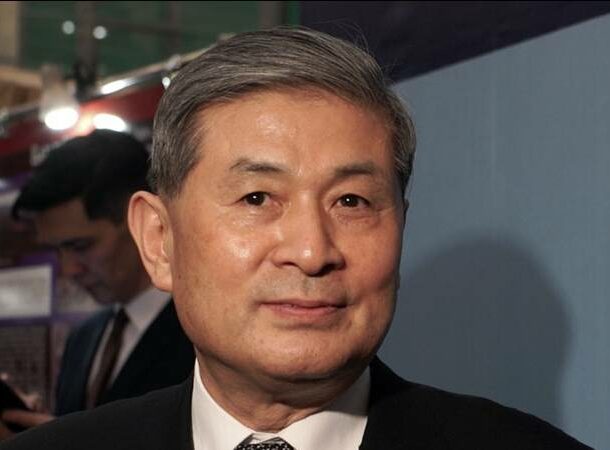
Hwang Woo-suk is a South Korean veterinarian born in 1953. Considered one of the most innovative scientists in stem cell research, he became controversial for his claims that he had successfully created a human clone.
Although those claims were made in 2004 and 2005, he was not dismissed as a professor from Seoul National University until 2006, but for a completely different reason. He was booted for faking research.
Hwang Woo-suk has also admitted to committing ethical violations in his stem cell research after accusations that he had used eggs from his female students and others obtained from the black market.
Sergei Brukhonenko
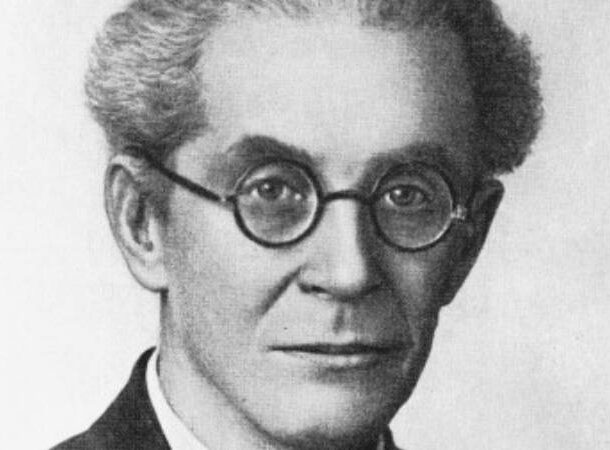
Sergei Sergeevich Brukhonenko (1860-1960) was a Soviet scientist whose research was crucial in heart surgery.
Brukhonenko worked at the famous Research Institute of Experimental Surgery in Moscow.
During the Stalinist era (1927-1953), his work contributed to developing open-heart surgery in the Soviet Union. The first open-heart procedure in Russia was successfully performed in 1957 by Brukhonenko’s colleague Alexander Vishnevsky.
Louis Jolyon West
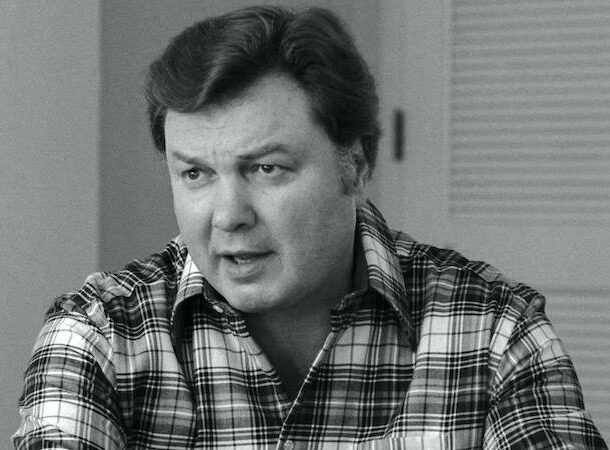
An American psychiatrist, Louis Jolyon West (1924-1999) started his career as a professor of psychiatry at the University of Oklahoma.
His most influential research includes the areas of brainwashing techniques, drug abuse, and how cults work. He was also a high-profile anti-death penalty activist.
Sidney Gottlieb
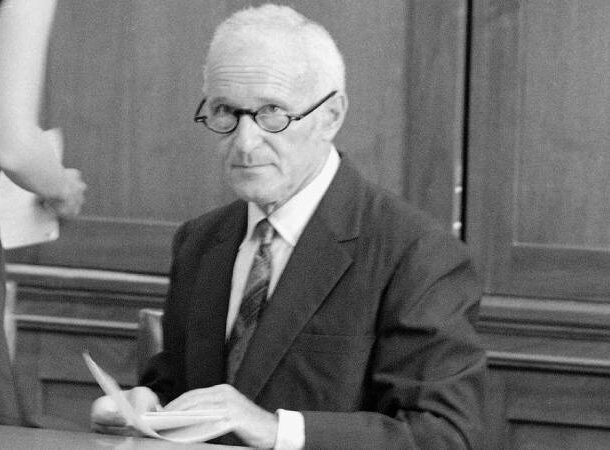
Sidney Gottlieb (1918-1999) was an American chemist who became infamous for his work as head of the so-called Project MKUltra at the Central Intelligence Agency (CIA).
This illegal project, which ran between 1953 and 1973, focused on mind control and assassination attempts. It conducted experiments involving drugs, brainwashing, and other methods of psychological torture to force confessions from individuals.
Max Pettenkofer
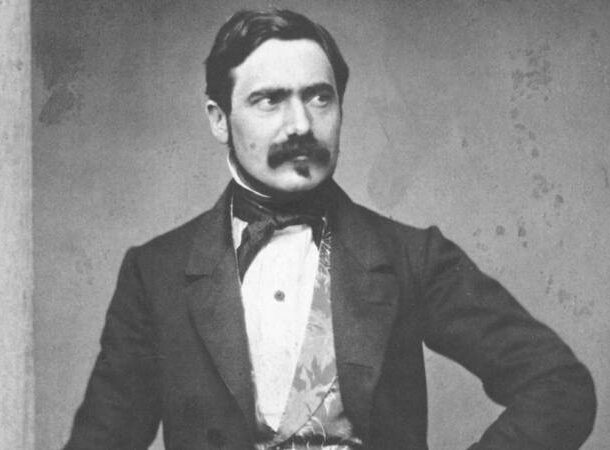
Joseph Pettenkofer (1818-1901), later known as Max Joseph von Pettenkofer was a chemist and hygienist from Bavaria.
His work contributed to the creation of sewage disposal as we now know it. Believe it or not, before Pettenkofer’s scientific work, the beneficial effects of fresh air and clean water were not widely known, at least not in the Western world.
Robert White
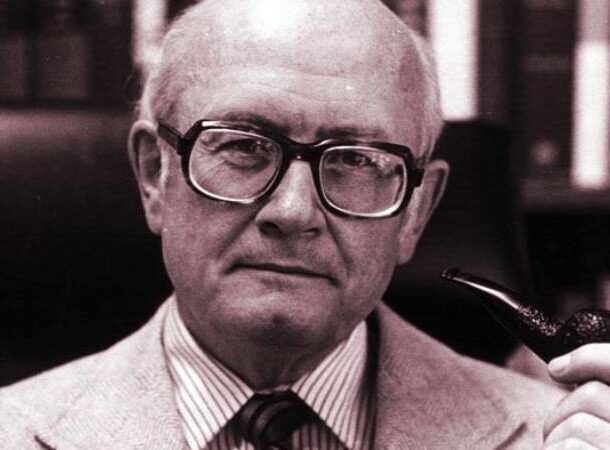
Coming at number 12 is Robert White (1926-2010), an American neurosurgeon from Minnesota whose craziest experiments involved transplanting heads of living apes.
J.B.S Haldane
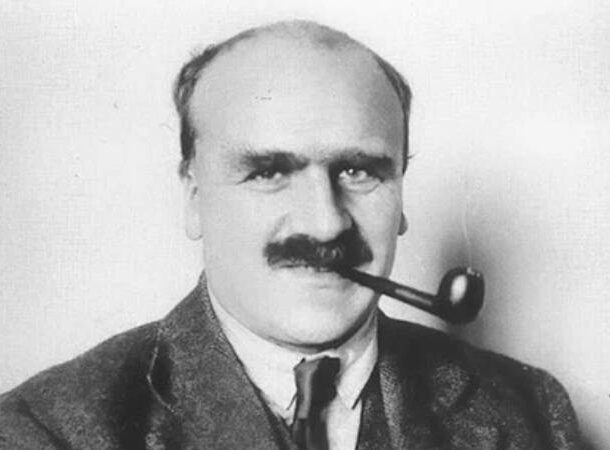
John Burdon Sanderson Haldane (1862-1964) was a British-Indian scientist known for his work in genetics and other areas.
Haldane renounced his British citizenship in 1961 to become a citizen of India due to his Marxist ideas. He is best remembered for coining the term “clone” and its derivates.
José Delgado
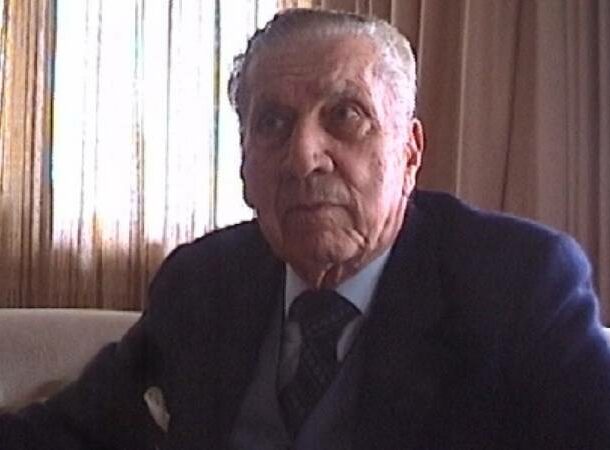
We begin our top 10 mad scientists with José Manuel Rodríguez Delgado (1915-2011), better known as José Delgado.
Originally from Málaga, Spain, Delgado was a professor of neurophysiology at Yale University for many years before relocating to Madrid. There, he created a medical school in 1975. Delgado would spend the rest of his life in his native country.
Delgado’s research on mind control, for which he used electrical stimulation, places him on our list. He conducted his experiments on monkeys and human beings.
Duncan MacDougall
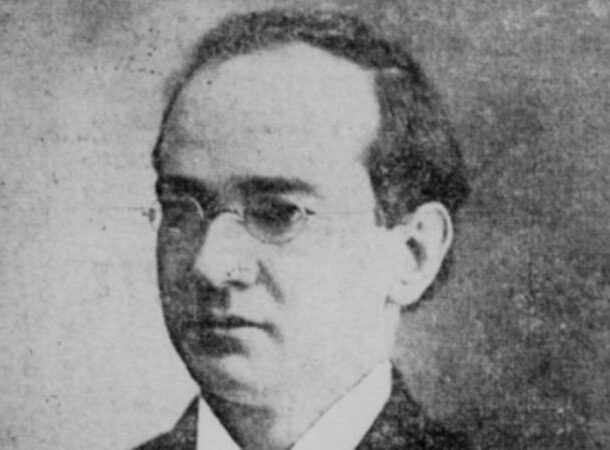
The Scottish scientist Duncan MacDougall (1866-1920) was the creator of the 21 grams experiment whose results were published in 1907 when MacDougall lived in Haverhill, Massachusetts.
MacDougall hypothesized that the human soul has a weight, of precisely 21.3 grams.
His experiments have fed the imagination not only of other scientists but also artists. The most famous reference to his work in popular culture is the 2003 Hollywood movie 21 Grams, directed by Alejandro González Iñárritu and starring Sean Penn, Naomi Watts, and Benicio Del Toro.
William Buckland
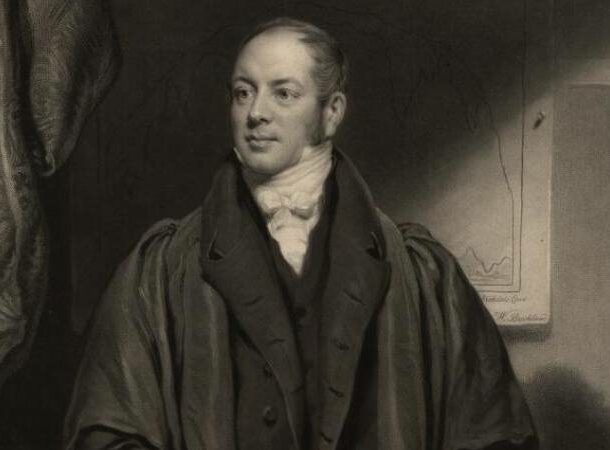
The English theologian, geologist, and paleontologist William Buckland (1784-1856) was the first person in history to write a full account of a fossilized dinosaur, which he found in Kirkdale Cave in the English county of North Yorkshire.
Buckland called the dinosaur he had found Megalosaurus.
Francis Crick
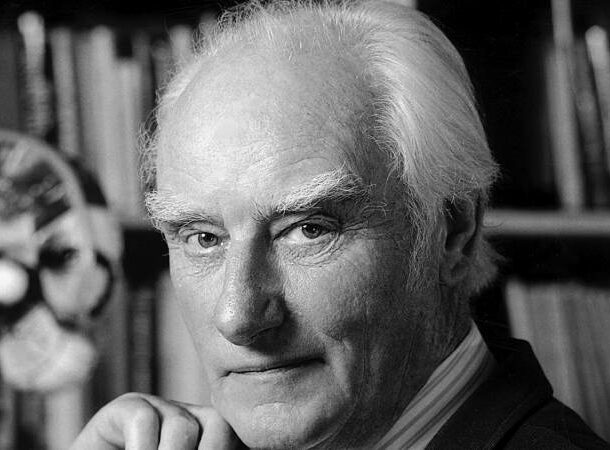
Francis Harry Compton Crick (1916-2004) was an English scientist.
His work as a molecular biologist allowed him to play a role in deciphering the double helix that is the structure of Deoxyribonucleic acid (DNA).
Stubbins Ffirth
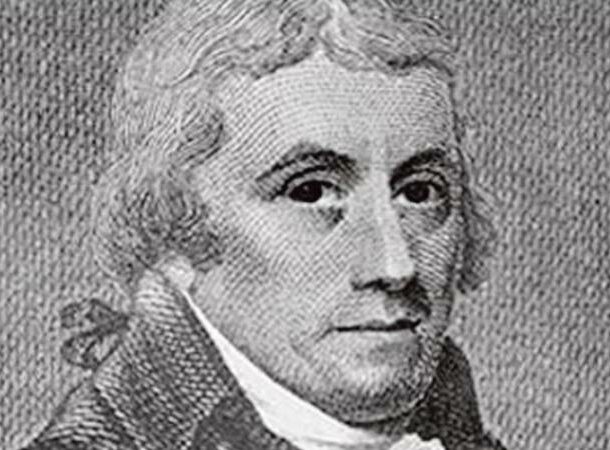
We owed the American doctor Stubbins Ffirth (1784-1820) the causes of yellow fever, a viral disease he believed not to have been contagious.
Ffirth was wrong in thinking that heat was the cause of yellow fever, but his research helped advance scientific understanding of the disease until the real reason (mosquito bites) was discovered by a Cuban scientist named Carlos Finlay.
Robert G. Heath
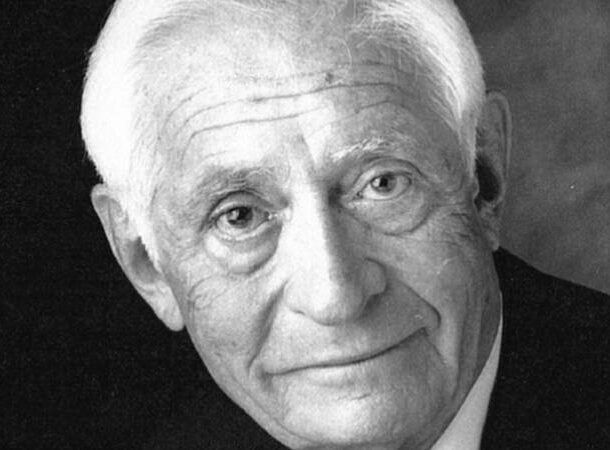
According to the American psychiatrist Robert Galbraith Heath (1915-1999), mental illnesses were the result of physical defects. Therefore, he thought that mental illnesses could be cured by treating the body.
If that wasn’t enough to class him as a “mad scientist”, Robert G. Heath is infamous for his work on so-called sexual orientation conversion. Heath claimed to have converted homosexual men into heterosexuals.
Heath’s work is now discredited by scientists.
Ilya Ivanov
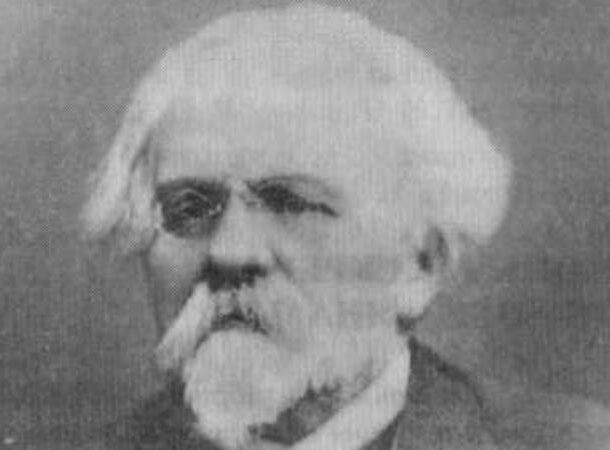
Russian scientist Ilya Ivanov (1870-1932) is one of the best-known biologists from Soviet times.
Ivanov mostly worked in artificial insemination, and he is included in this list for his attempts to inseminate female chimpanzees with human sperm to create a human-ape hybrid. Luckily, the experiment failed, and no pregnancy resulted.
Jack Parsons
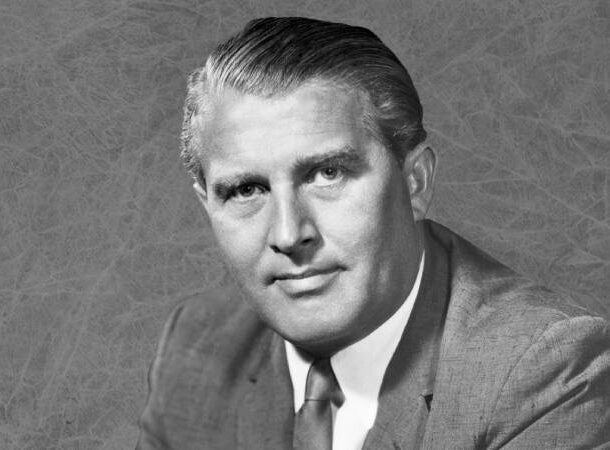
One of the most influential scientists in the history of the US space program is undoubtedly the American rocket engineer John Whiteside Parsons (1914-1952).
But what makes Parsons controversial is his taste for occultism and belief in the supernatural. He even conducted rituals to invoke mythical goddesses.
His life was short. Parsons died at 37 from an explosion at his home laboratory.
Paracelsus
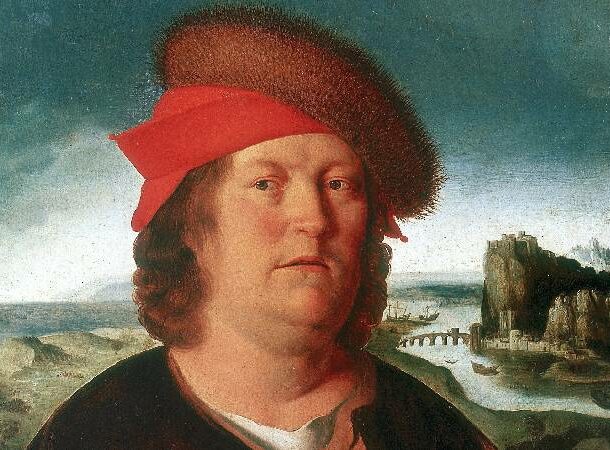
As long as there has been science, there have also been mad scientists. And to prove it, we have placed Theophrastus von Hohenheim (c. 1493-1541) at number 2.
Better known as Paracelsus, this Swiss physician was a true Renaissance man and an innovator.
Paracelsus is responsible for many of the medical advances of his time and is often nicknamed the father of toxicology.
Being also a philosopher, an alchemist, and a theologian, Paracelsus may not fit our contemporary idea of a scientist. Still, his contributions to different scientific fields, such as chemistry and toxicology, have been vital in the further development of these disciplines.
Nikola Tesla
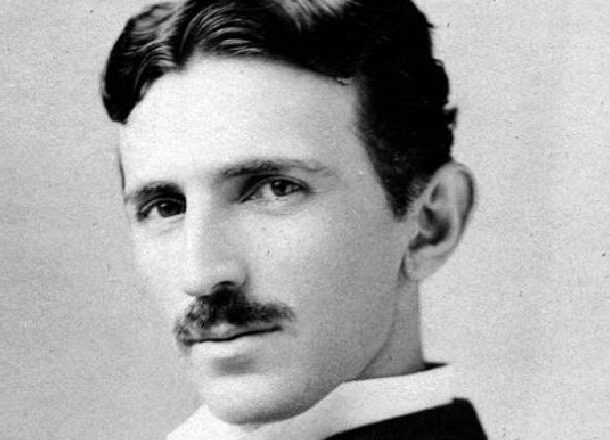
Coming at number 1 is the Serbian American inventor whose name has been popularized by a well-known automotive company.
Nikola Tesla (1856-1943) whose futuristic vision and hard work in mechanical and electrical engineering have left an indelible mark on science.
Tesla emigrated to the United States in 1884, becoming an American citizen a few years later in 1891.
Tesla’s most famous invention is a coil that can transmit electricity wirelessly. This is now known as the Tesla coil.



























